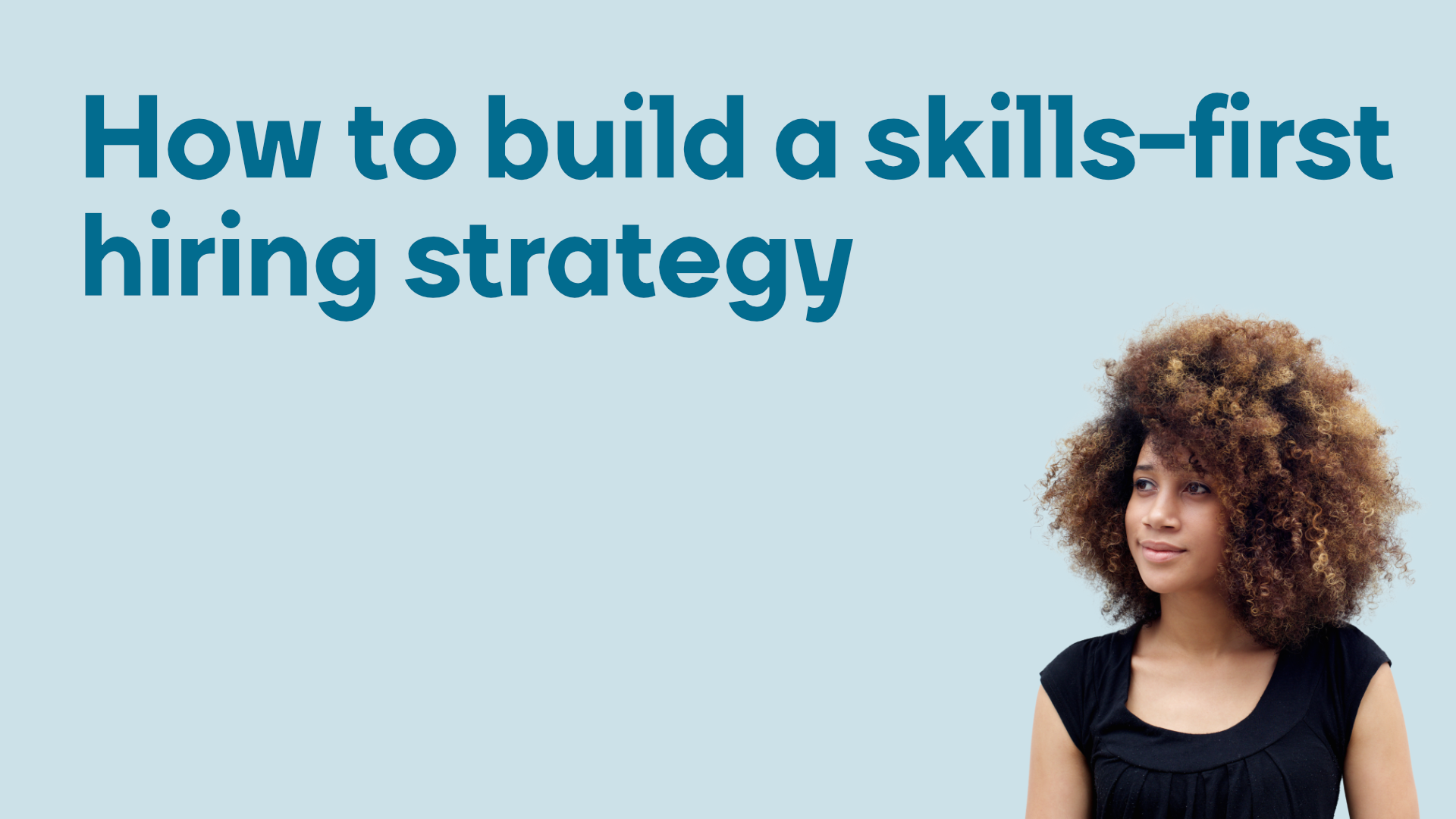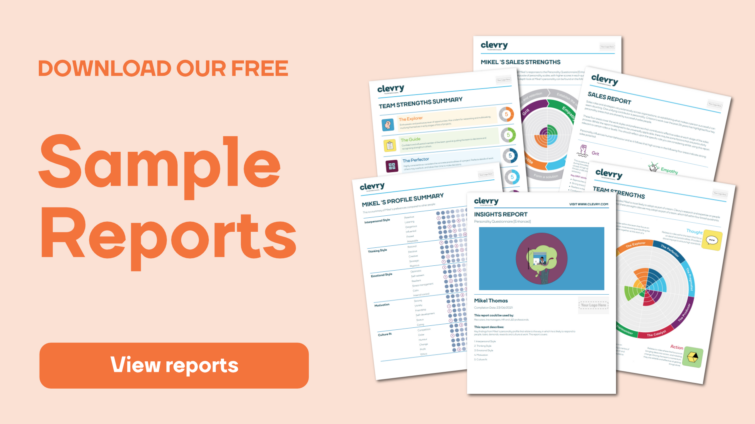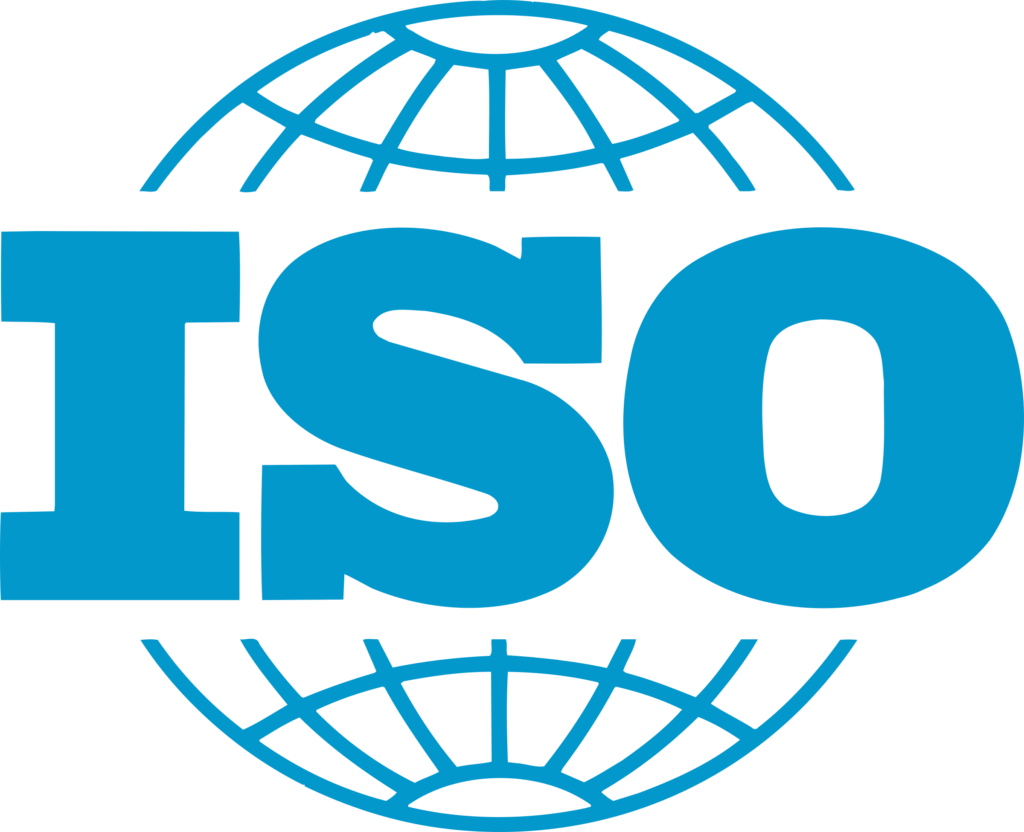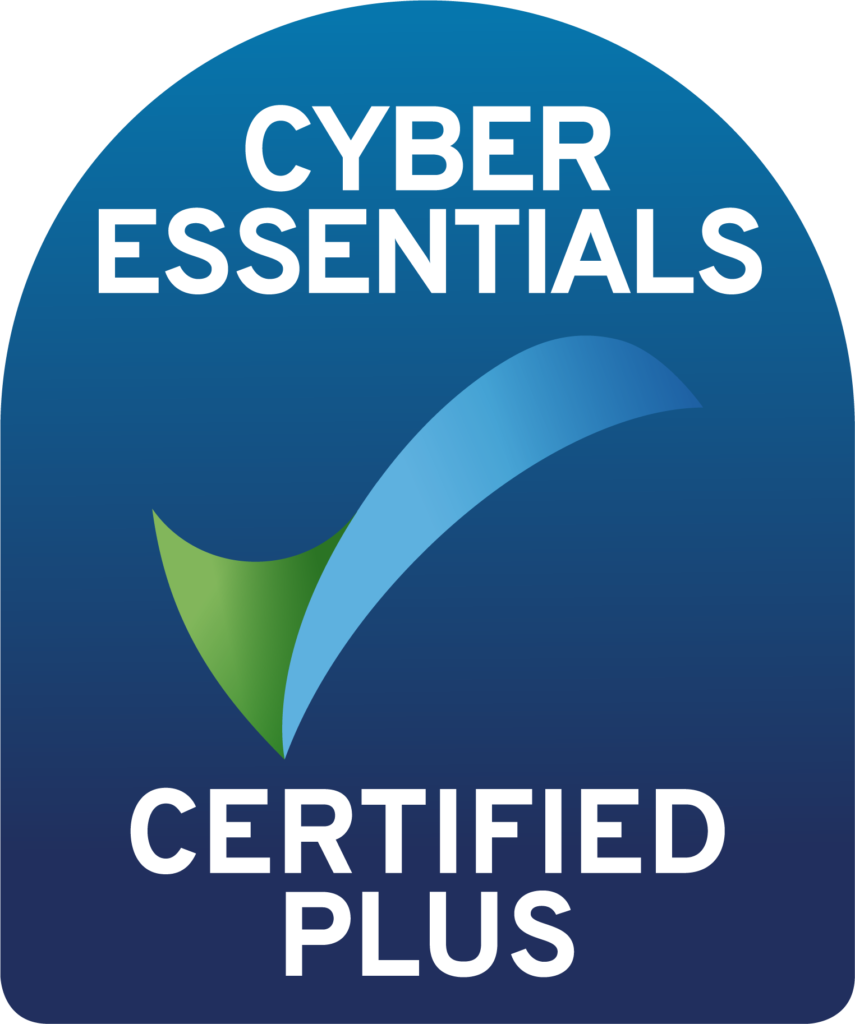The traditional method of hiring employees based primarily on their educational background and work experience is becoming increasingly outdated. With the pace of technological change and the constant emergence of new skills required for various roles, it is crucial for companies to assess potential and the competencies that drive success rather than emphasizing past experience. By prioritizing skills, employers can find the right fit for the role and foster a more inclusive and diverse workplace. So, how do you implement this strategy, and where do you start? Let’s dive into how you can transform your hiring process and uncover the talent that will propel your organization forward.

What is skills-first hiring?
Skills-first hiring is a recruitment approach that shifts the focus from candidates’ formal qualifications or work experience to their specific skills, competencies, and abilities. This method aims to identify individuals with the necessary skills and competencies to perform the job successfully, regardless of their educational background or job history. It’s about finding the right person for the job based on their skills, not just their credentials.
Why is skills-first hiring becoming the gold standard?
According to LinkedIn’s Future of Recruiting 2023 report, skills-first hiring will become the gold standard in hiring. 75% of recruitment pros say that it will be a priority for their company in the next 18 months, but only 64% feel they can accurately assess candidates’ skills today. Many still have catching up to do in the coming years.
A skills-first approach is becoming more prevalent as it better aligns with modern businesses’ evolving hiring needs. Furthermore, traditional education may not always keep pace with the rapidly changing demands of today’s work environment. Let’s take a closer look at some of the benefits.
.png)
Benefits of implementing a skills-first hiring strategy
Access to a broader talent pool
Consider the last time you interviewed a candidate who had all the right qualifications on paper but didn’t quite fit the role. Traditional hiring methods often overlook capable individuals who lack formal qualifications but possess the necessary skills. A skills-first approach allows you to tap into a diverse pool of candidates with various experiences and backgrounds, fostering creativity and innovation within your team.
Enhanced employee performance and retention
Employees hired based on their skills will likely perform better and feel more engaged. This leads to higher job satisfaction and retention rates, reducing the costs associated with high employee turnover.
Address skills gaps
Many industries face skills gaps, where there is a mismatch between the skills required for a job and the skills possessed by job seekers. A skills-first hiring strategy allows companies to identify and target individuals with the right skills and potential, regardless of their traditional qualifications.
Reduce bias
Skills-first hiring helps minimize unconscious biases, such as age, gender, and ethnicity, affecting hiring decisions. Focusing on actual competencies ensures that candidates are evaluated based on their abilities rather than irrelevant factors. A Deloitte survey found that 80% of executives believe focusing on skills in hiring rather than job history can reduce bias and improve fairness in hiring.
Future-Proof your workforce
There is growing recognition that traditional education pathways do not always equip individuals with the competencies needed in the modern workplace. As job requirements evolve, having a skills-first approach ensures that your workforce is adaptable and capable of meeting new challenges.
Steps to implement a skills-first hiring strategy
Implementing a skills-first hiring strategy can seem like a big leap, but with the right struture and tools, you can effectively transform your hiring process to focus on what truly matters.
Identify key skills for each role
Start by defining the essential skills and competencies required for each position in your organization. Engage with current employees and managers to create a comprehensive list of the skills that drive success in each role. Consider both hard skills (e.g., technical abilities and software proficiency) and soft skills (e.g., communication, teamwork and creativity). According to LinkedIn’s Global Talent Trends report, 92% of talent acquisition professionals view soft skills as equally or more important than hard skills. Furthermore, 89% believe a lack of essential soft skills is the primary reason for new hire failures.
Revise job descriptions
Rewrite job descriptions to emphasize skills and competencies over degrees and years of experience. Use clear and specific language to describe the skills needed, and avoid vague or exclusionary terms. Highlight the importance of skills development and continuous learning within your organization.
Train hiring managers and recruiters
Educate your hiring team on the benefits and practices of skills-first hiring. Provide training on identifying and evaluating skills, conducting unbiased interviews, and using assessment tools effectively. Encourage ongoing learning and development to stay updated on best practices.
Conduct Structured Interviews
Use structured interviews with standardized questions to assess candidates consistently. Design questions that explore both hard and soft skills, and consider incorporating behavioural and situational questions. For example, ask candidates to describe past experiences where they demonstrated critical skills or to solve hypothetical problems related to the role.
Leverage talent assessments
Incorporate talent assessments into your hiring process to objectively evaluate candidates’ skills and competencies. Utilize tools to assess hard and soft skills, such as coding tests, personality assessments, cognitive ability tests, and situational judgment tests relevant to the role. These assessments provide valuable insights into candidates’ real-world skills, potential, culture-fit and problem-solving capabilities.
Measuring the Success of Your Skills-First Hiring Strategy
Consistently measuring the success of your skills-first hiring strategy ensures that it remains effective and aligned with your organizational goals.
Track Key Metrics
Monitor metrics such as time-to-hire, candidate diversity, employee performance, and retention rates to gauge the effectiveness of your skills-first hiring strategy. Analyze these metrics regularly to identify areas for improvement.
Solicit Feedback
Gather feedback from candidates, employees, and hiring managers to understand their experiences with the skills-first hiring process. Use this feedback to refine and enhance your strategy continually.
Adapt and Evolve
Stay flexible and open to evolving your skills-first hiring strategy based on industry trends, technological advancements, and organizational needs. Continuously seek new ways to improve and innovate your approach.
Wrapping up
Building a skills-first hiring strategy is a transformative step toward creating a more inclusive, efficient, and high-performing workforce. By focusing on what candidates can do rather than where they’ve been, you open the door to a world of talent that might otherwise be overlooked. Revamping your hiring process may seem daunting, but the benefits are well worth the effort. The future of hiring is here. Are you ready to lead the way?



